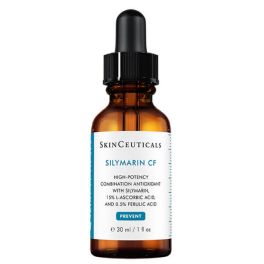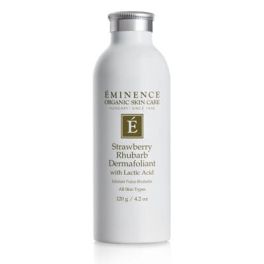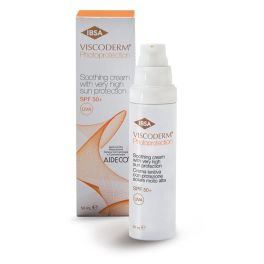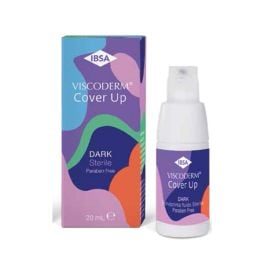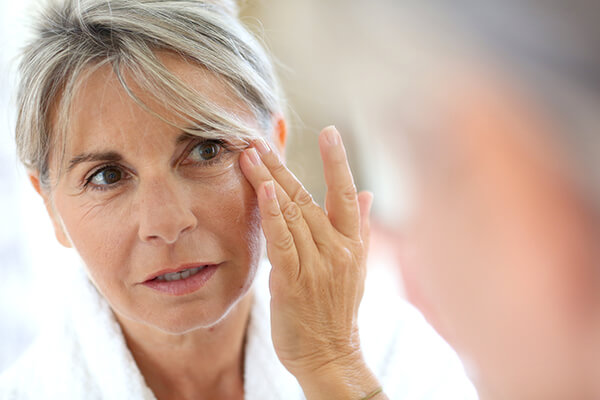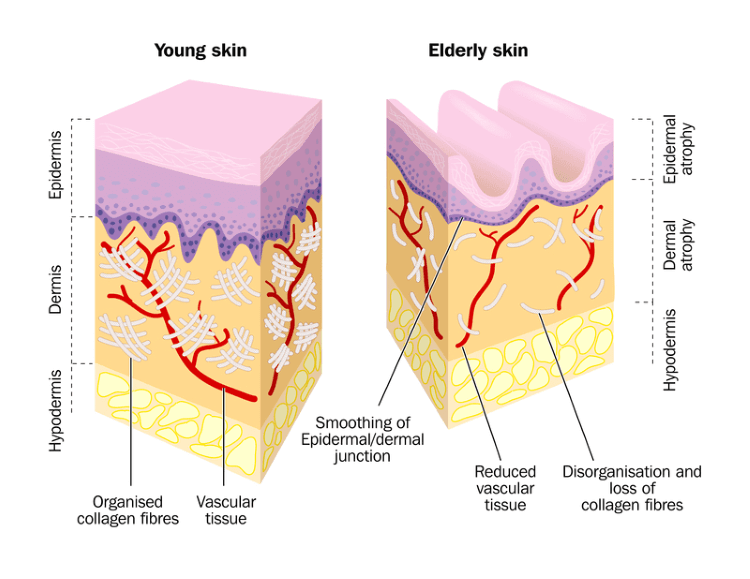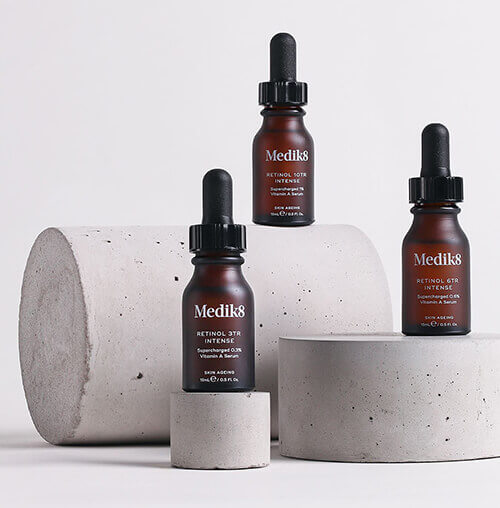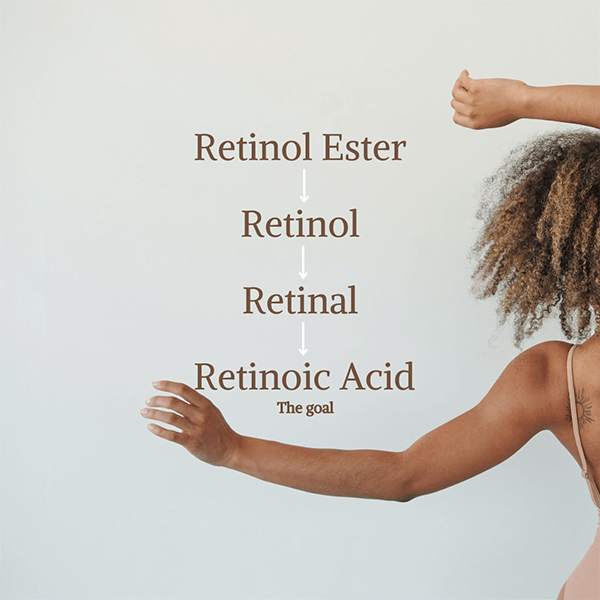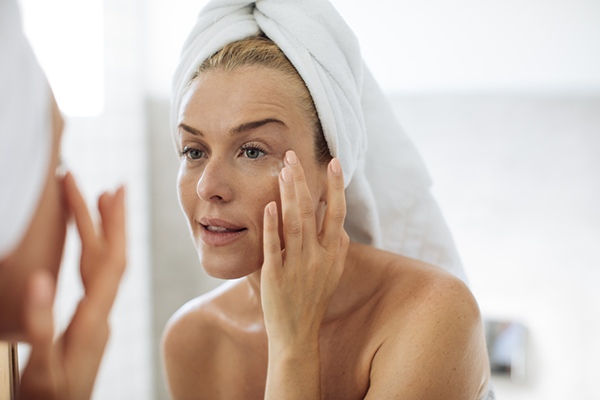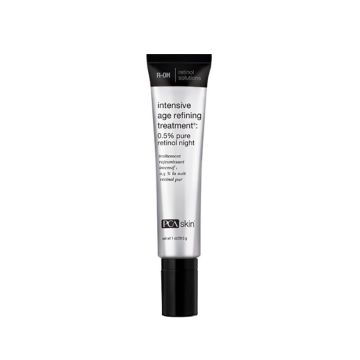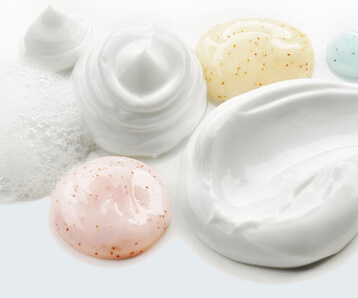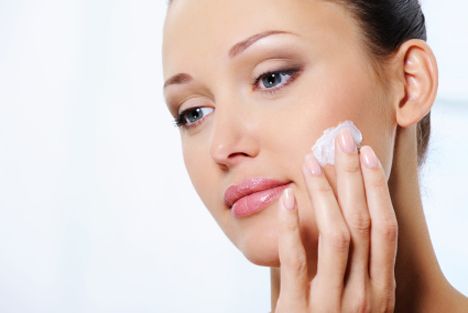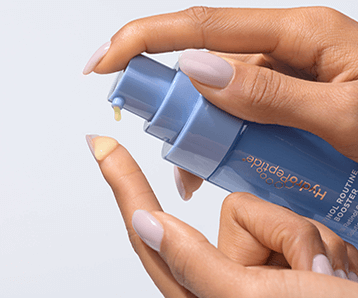A Beginner's Guide To Skincare Ingredients: Retinol Posted on 23 Oct 2023
Various names of key skincare ingredients are spoken about nowadays as if we should know what they mean but it's easy to feel confused if we don't. What do all the different ingredients actually do? What is the difference between retinol and retinal? What are prescription retinoids?
Using retinol can seem scary at first, especially when you have more sensitive skin but, it shouldn't be. Retinol is essential for healthy skin, extremely easy to use, and new clever technology means that they are actually a lot more gentle on the skin than you may think.
It's very simple to incorporate retinol into your skincare routine and almost everybody can use it. This blog will answer the question of "what is retinol?" amongst many others. Plus, we discuss the numerous benefits.
What Is Retinol?
Retinol is one of the best-known skincare ingredients on the market. It is an over-the-counter (OTC) type of retinoid and formulation of vitamin A that is applied topically to the skin to increase cellular turnover.
Retinoids are a collective term for all vitamin A-based topical products. Retinoic acid is the goal but you must climb the 'vitamin A ladder' first to get there.
Retinol was originally used in 9171 to treat acne but users soon realised its incredible anti-aging benefits too. Retinol is now famously known for improving skin health, boosting cell turnover, boosting collagen production, and working on signs of aging.
How Does Retinol Work?
Although retinol improves the appearance of the skin, retinol does not remove dead skin cells like alpha hydroxy acids such as glycolic acid do. Read the difference between retinol and glycolic acid here. Instead, the small molecules that make up a retinol serum formula go deep beneath the top layer of your skin (where exfoliating acids usually work) and down into your dermis. Once in the dermis, retinol neutralises free radicals, increases cell turnover, and boosts the production of collagen & elastin.
We lose collagen at a rate of around 1% every year starting from our 20's so, by the time we hit 40 and beyond, our collagen production is running on empty.
⬆️ Exfoliating acids work in the upper layers
⬇️ Retinol works in the deeper layers
In summary, exfoliating acids work on the upper layers of the skin tone and provide instant results. Whereas retinoids, work on a deeper level to improve skin cell turnover and provide long term results.
Who Is Retinol Best For?
Retinol is good for everyone who has a skin concern. Skin concerns such as sun damage, dark spots, pigmentation, acne, skin texture, skin hydration, and fine lines and wrinkles can be improved with the use of a retinol serum.
It is recommended to introduce a retinol serum into your routine at around the age of 25. Unless you are using retinol for acne treatment or oily skin then you would begin slightly younger with careful advice and regular guidance from a qualified skin therapist.
At What Age Should I Start Using Retinol?
Unless for acne breakouts, it is recommended to introduce a retinol serum into your routine at around the age of 25.
What Is The Difference Between All The Different Retinoids?
All the different types of retinoids can be confusing. In simple terms, retinoic acid is the goal but you must work your way up first.
Think of vitamin A as a pathway from the bottom right up to the top. The bottom is where you would begin your journey and slowly work your way up to the top to join more experienced retinol users (offering the most superior results). Taking the trip too quickly could result in skin irritation and undesirable results.
The more conversions it takes to get to retinoic acid, the weaker the formula becomes but there are fewer chances of unwanted side effects too. While there are lots of different versions of retinoids and some brands even patent their own formula name, here we discuss the most popular and widely used.
Retinol Esters OR Retinyl Palmitate - The lowest concentration of retinol, it takes a long time to convert into retinoic acid but the skin reacts well to it. You don't need to ease your skin into using it as skin adjusts immediately. Ideal for sensitive skin or complete beginners.
Retinol - The classic and most well-known formulation. Retinol is 2 conversions away from the goal. It is a great entry-level retinoid complex and ideal for younger skin cells or those beginning their journey who would like to see results. We love SkinCeuticals Retinol 0.3 and PCA Skin Intensive Treatment Pure Retinols.
Retinal (Retinaldehyde) - Now 1 conversion away from the goal, retinal is the most effective form of retinol before the prescription form. It works 11x times faster than classic retinol so you will see results much sooner. It also contains anti-bacterial properties - great for oily skin types. Medik8 Crystal Retinal is our favourite.
Retinoic Acid - The goal!!
How Long Does It Take Retinol To Work?
There is no exact answer to this but retinol doesn't give instant or overnight results, think of the long-term benefits. Some customers may see results after just a few weeks, some much longer especially if they have to deal with the initial 'phase-in' period.
Are There Any Side Effects?
As amazing as retinol can be, there can be side effects and sensitivity if retinol is not introduced into your routine correctly. Retinol should be phased in gradually otherwise, you can experience unwelcome side effects such as skin irritation, flaking, redness, dryness, itchiness, and even skin peeling. You should begin using your retinol twice a week for the first 2 weeks. After that, you should use it every other night until you can comfortably use it every night. When your skin begins to tolerate it, you've hit your sweet spot.
Those in their 20s should aim to use retinol twice a week, those in their 30s three times a week, those in their 40s four times a week, and so on until you reach every night.
What Can I Do To Ease Side Effects?
The key is to stick it out during the phase-in period!
There are various techniques to ease unwanted side effects during the phase-in period. Begin with a gentle formula and use it twice a week. If your skin feels ok, great. If you're starting to feel dry then sandwich your retinoid with moisture: hyaluronic acid before and after application. SkinCeuticals Triple Lipid Restore 2:4:2 is a fantastic moisturiser to cushion dry skin with and is clinically proven to improve the skin barrier and reduce the retinol adjustment period.
Can I Mix Retinol With Other Products?
Yes, but with caution to protect the skin's sensitivity. When first introducing retinol into your routine it's important not to use too much, too quickly to minimize irritation. It is best to check with the individual products to see what the brands advise you can and can't use at the same time or during the same routine.
Do I Need To Wear SPF?
Absolutely. Sun protection should be an essential step in your skin care routine anyway but even more so when using retinol. Retinol increases sun sensitivity due to the increased cell turnover. Not only that, you would be undoing all your hard work as sun damage accounts for the majority of skin complaints - too much sun exposure alone account for around 90% of skin ageing! Think of sun protection like insurance for your skin.













